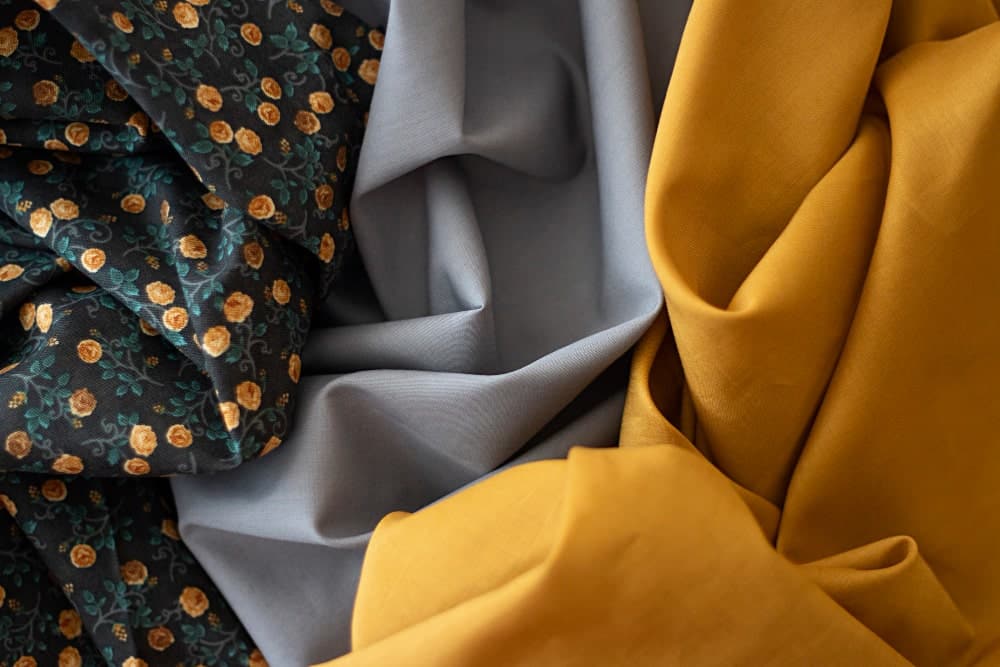
Fast Fashion vs. Slow Fashion vs. Conscious Fashion
In recent years, the fashion industry has witnessed a significant shift in consumer preferences and values. With growing awareness about sustainability and ethical practices, three distinct fashion paradigms have emerged: fast fashion, slow fashion, and conscious fashion.
As a reputable player in the textile industry, Vatsal Exports explores the key differences between these approaches, empowering consumers to make informed choices that align with their values.
Fast Fashion: The Trend-Chasing Phenomenon
Fast fashion is characterized by its rapid production and quick turnover of trendy and inexpensive clothing. It prioritizes mass production, allowing retailers to respond swiftly to the latest fashion trends seen on runways or celebrities. However, this approach comes with some concerning implications:
- Environmental Impact: Fast fashion’s reliance on low-cost materials and cheap labor often leads to increased waste and pollution. The use of synthetic fibers and harmful chemicals further exacerbates its ecological footprint.
- Labor Practices: The fast fashion industry is known for outsourcing production to countries with lower labor costs. This can lead to exploitative working conditions and inadequate wages for garment workers.
- Disposable Culture: Due to its low cost and fleeting trends, fast fashion encourages a culture of disposable clothing. Garments are worn briefly before being discarded, contributing to the problem of textile waste.
Slow Fashion: Embracing Quality and Sustainability
In contrast, slow fashion advocates for a more sustainable and thoughtful approach to clothing production and consumption. It emphasizes the following principles:
- Ethical Production: Slow fashion focuses on fair wages and safe working conditions for garment workers. It supports local artisans and traditional craftsmanship.
- Quality Over Quantity: Slow fashion prioritizes durability and timeless design, encouraging consumers to invest in high-quality pieces that can be worn for years.
- Sustainable Materials: Slow fashion embraces eco-friendly materials and production methods, minimizing environmental impact and promoting responsible sourcing.
Conscious Fashion: A Holistic Approach
Conscious fashion goes beyond sustainability and encompasses various ethical and social considerations. It involves mindful decision-making throughout the entire fashion supply chain, encompassing design, sourcing, production, and consumption. Key aspects of conscious fashion include:
- Transparency: Conscious fashion brands are open and transparent about their practices, allowing consumers to make informed choices.
- Social Responsibility: This approach supports initiatives that empower communities and promote social welfare.
- Circular Economy: Conscious fashion aims to create a closed-loop system, where materials are continuously reused and recycled to minimize waste.
Making the Right Choice
As consumers, our choices in fashion can have a significant impact on the industry and the world. By supporting slow and conscious fashion, we can contribute to positive change and advocate for more sustainable practices. Here are some tips for making responsible fashion choices:
- Prioritize Quality: Invest in well-made, timeless pieces that stand the test of time.
- Support Ethical Brands: Choose brands that prioritize ethical production and sustainable sourcing.
- Minimize Waste: Donate or recycle clothing rather than discarding them.
- Educate Yourself: Stay informed about the fashion industry’s impact and make conscious decisions.
At Vatsal Exports, we believe in the power of conscious fashion and sustainable practices. We are committed to offering high-quality, ethically-made textiles that align with the values of modern consumers.
Discover Vatsal Exports’ range of sustainable and ethical textiles. Choose conscious fashion for a brighter and more responsible future in the fashion industry. Shop now to make a difference.

